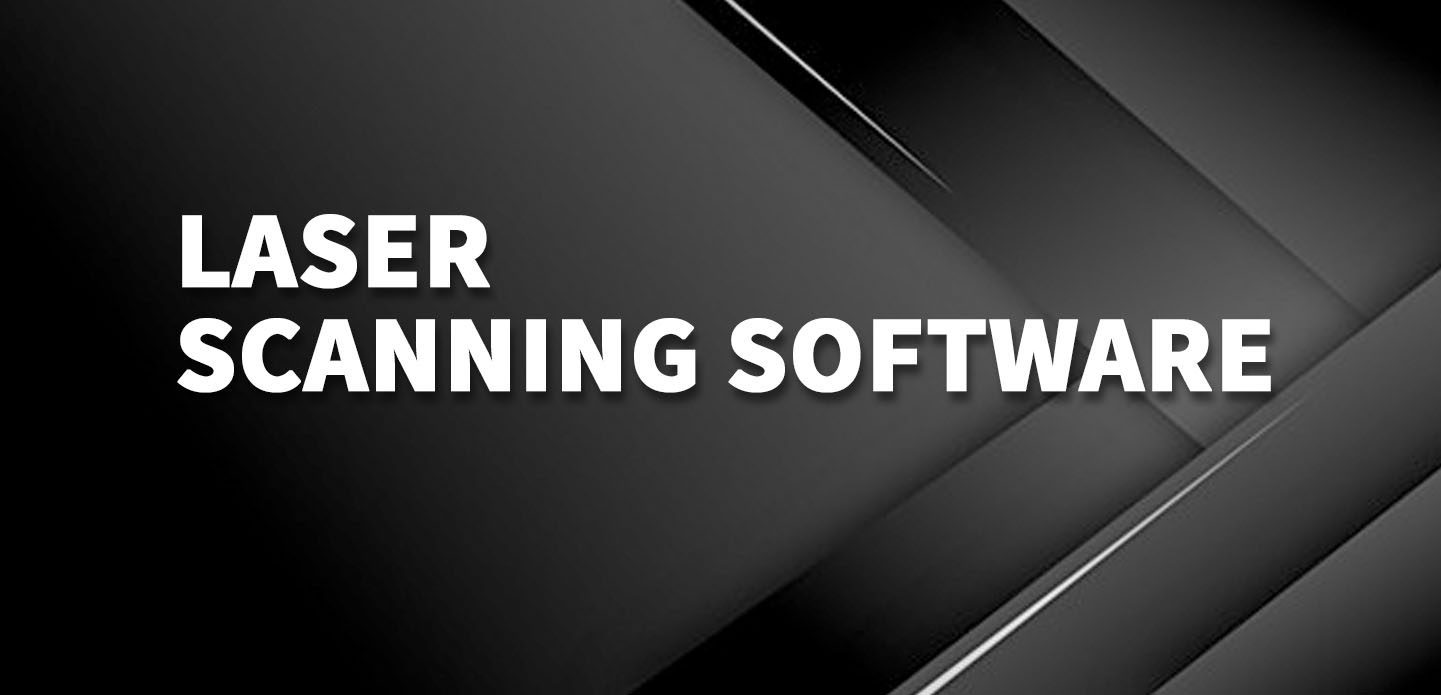In recent years, the emergence of laser scanning technology has significantly altered the landscape of various industries, including architecture, construction, and historical preservation. The cornerstone of this transformation lies in laser scanning software, which harnesses the capabilities of laser scanning devices to create highly detailed and accurate 3D models of physical environments. This article delves into the multifaceted benefits of laser scanning software, exploring its applications, advantages, and the profound impact it’s having across multiple sectors.
Laser scanning works by using laser beams to capture spatial data. This data is then processed through advanced laser scanning software, which generates a point cloud—a comprehensive collection of data points in space. The richness of this point cloud allows architects, engineers, and construction managers to visualize and manipulate complex structures and landscapes with unprecedented precision.
Historically, creating accurate architectural plans was a time-consuming task often fraught with human error. The introduction of laser scanning software has revolutionized this process. By employing laser scans, professionals can obtain real-time data that can be transformed into 3D models. This capability not only improves the accuracy of designs but also enhances collaboration among different stakeholders. Architects can easily share and modify models, ensuring that everyone—from engineers to contractors—works from the same, accurate data set. This reduces miscommunication and minimizes the costly delays often associated with construction projects.
Moreover, laser scanning software has become invaluable in the realm of heritage preservation. Many historical sites are difficult to document accurately due to their intricate details and complex geometries. Laser scanning provides a solution by capturing precise measurements and creating detailed replicas of these structures. This 3D data can be used to analyze deterioration, plan restorations, and even create virtual tours for educational purposes. The ability to document a site in its current condition serves not only to preserve history but also to educate future generations.
In industrial applications, the advantages of laser scanning software are equally compelling. Manufacturing and fabrication processes benefit immensely from precise dimensional data that laser scanning provides. Facilities can conduct regular maintenance checks and audits to ensure equipment is operating within tolerance levels, minimizing downtime and improving efficiency. The integration of laser scanning into quality control processes yields high levels of accuracy and consistency, which is critical in production environments.
Beyond architecture and industrial applications, laser scanning software is also making strides in sectors such as civil engineering. For infrastructure projects such as bridges or roads, the ability to capture existing conditions with laser scanning allows engineers to analyze topography comprehensively. This leads to better planning, fewer unexpected issues during construction, and ultimately more sustainable infrastructure development.
Adoption of laser scanning software does come with challenges, primarily the need for training and understanding the technology. However, many software providers recognize this and offer comprehensive training modules that guide users through the technology. As the industry progresses, tools become more user-friendly, making it increasingly accessible to professionals at various levels of expertise.
The environmental impact of laser scanning software is another critical aspect to consider. Traditional surveying methods often involved extensive manual work, which can lead to greater carbon footprints. Laser scanning, however, is much more efficient, allowing for quicker data collection while minimizing the environmental disruption associated with large-scale surveys.
In conclusion, laser scanning software represents a monumental leap forward in precision and efficiency across a variety of fields. By leveraging advanced technology to enhance the accuracy of measurements and facilitate collaboration, this software not only streamlines processes but also contributes significantly to the preservation of our cultural heritage. As industries continue to embrace this revolutionary technology, the possibilities for future innovations remain boundless. Whether it’s enhancing architectural designs, ensuring quality in manufacturing, or safeguarding historical sites for future generations, laser scanning software is undoubtedly transforming the way we interact with our built environment.
由用户投稿整理稿件发布,不代表本站观点及立场,仅供交流学习之用,如涉及版权等问题,请随时联系我们(yangmei@bjjcz.com),我们将在第一时间给予处理。






